The idea of standard solutions in heating may sound appealing at first, but when it comes to Air Source Heat Pumps, one-size-fits-all installations are more dangerous than convenient. These systems are not plug-and-play equipment. They must be matched with property design, specific heat demand, and local weather conditions. Ignoring such details to push a pre-packaged installation usually leads to poor results, wasted energy, higher running costs, and homeowners losing trust in a technology that otherwise could perform extremely well.
A heat pump works by transferring ambient air energy into usable heat, but this is a process that relies heavily on correct system sizing. If an installer treats every property as if it carries the same load requirement, either oversizing or under-sizing becomes unavoidable. Oversized systems cycle on and off too frequently, which not only shortens component lifespan but also reduces efficiency. An undersized system, on the other hand, will struggle during colder periods and may need backup heating far more than expected. Both outcomes deny the homeowner the comfort and cost savings that air source heat pumps promise.
The property’s specific construction is another element easily ignored when using a template approach. Wall insulation strength, window glazing levels, and airtightness vary widely across buildings, even in the same neighbourhood. If a system is designed without evaluating these details, the result may lead to disappointing indoor climate performance. Energy loss from poor insulation, for example, forces the heat pump to work harder. A customised installation considers insulation and sometimes suggests upgrades, but a generic approach skips that, leading to suboptimal outcomes that surprise homeowners later.
Regional climate conditions also expose the weakness of one-size-fits-all methods. For example, the demand placed on Heat Pump Scotland systems will differ from those installed in milder climates because of lower temperature ranges and longer heating seasons. An installer who copies the same design everywhere fails to adapt performance targets to real environmental conditions. The result may be systems that appear efficient on paper but underperform when actually facing harsher winters. Homeowners then feel betrayed because what was promised in theory does not show up in practice.
Another danger of applying cookie-cutter methods is in electrical and grid integration. Air source heat pumps require proper circuit design, breaker capacity, and sometimes upgrades to consumer units. If an installer assumes every home is ready without inspection, the system may trip circuits, or worse, cause failures in the electrical setup. Reliable installations adapt to each property’s electrical backbone, but one-size quotes tend to cut corners by overlooking hidden limitations inside older wiring systems.
Future expansion is also overlooked under template installations. A heat pump today may later be integrated with solar PV or battery storage, but if the installer gives no thought to compatibility, upgrades become complex and costly. A one-size-fits-all system often leaves no flexibility for integration because the design is only focused on quick sales, not long-term adaptability. Homeowners who later wish to modernise face limitations they never expected, reducing the system’s lifetime value.
The Dangers of One-Size-Fits-All Installations for Air Source Heat Pumps
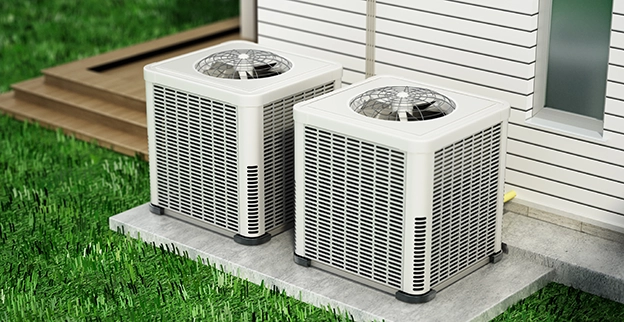




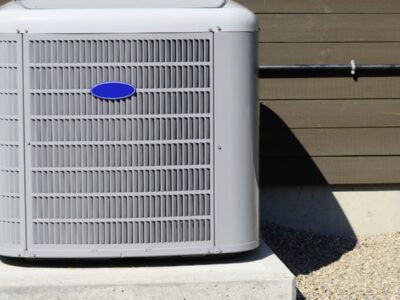
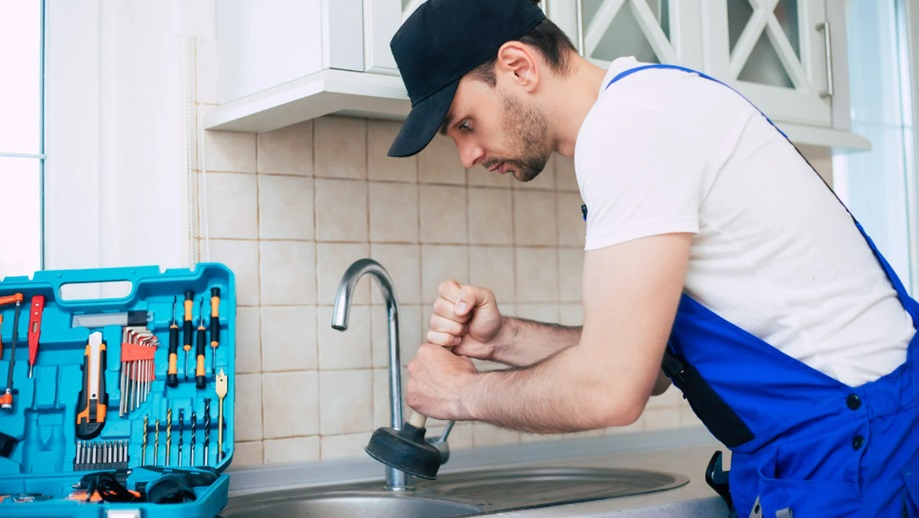


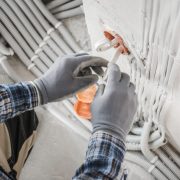
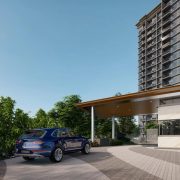

Comments